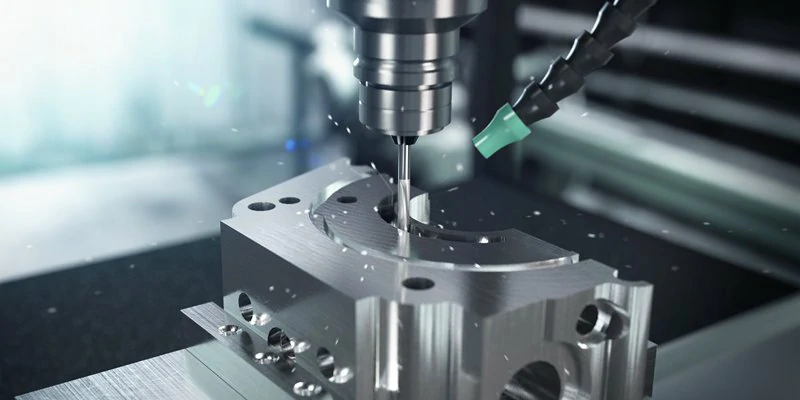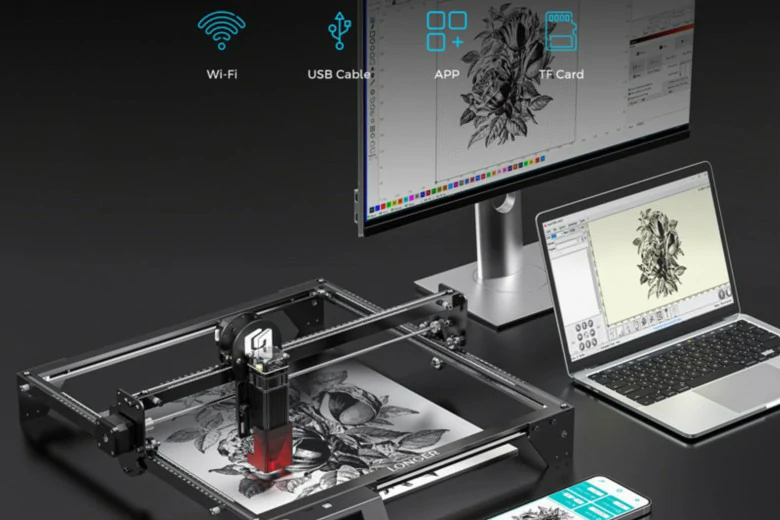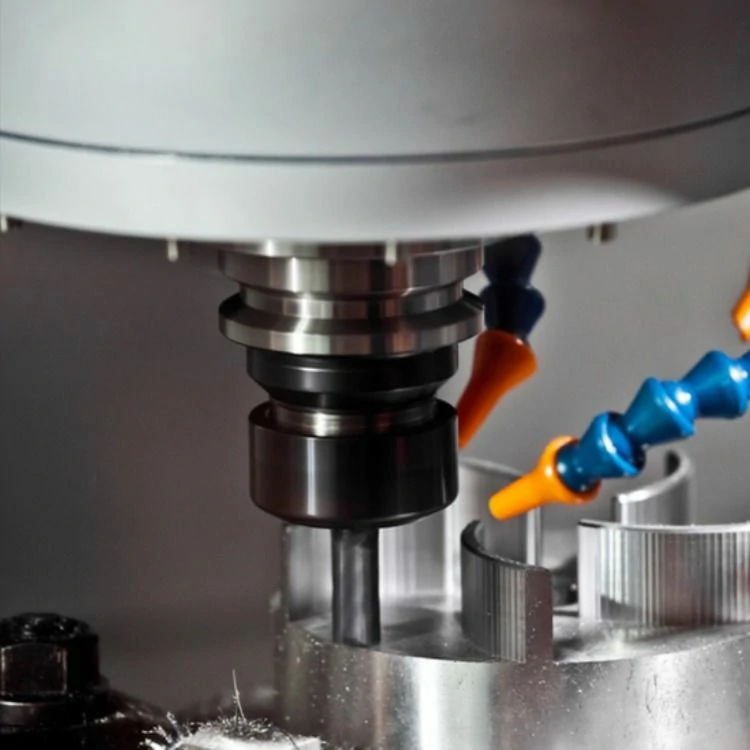A Brief Discussion on Automotive Real Aluminum Interior Technology and Intelligence
In recent years, automotive interior design has witnessed significant advancements, particularly with the integration of real aluminum materials and intelligent technologies. This article aims to provide a brief overview of the application of real aluminum in automotive interiors and explore the synergy between aluminum and intelligence.
Real aluminum, known for its lightweight, durability, and aesthetic appeal, has become a popular choice for automotive designers. The use of real aluminum in automotive interiors not only enhances the overall visual appeal but also contributes to improved functionality. With its unique metallic texture, real aluminum adds a touch of sophistication and luxury to car cabins.
One of the key advantages of real aluminum is its ability to improve the strength-to-weight ratio of components. By replacing traditional materials, such as plastic or wood, with aluminum, automakers can reduce the weight of interior parts without compromising on strength and safety. This weight reduction translates into increased fuel efficiency and better overall performance of vehicles.
Moreover, real aluminum offers excellent corrosion resistance, which is especially crucial in automotive applications. Unlike other materials that can deteriorate over time when exposed to harsh environments or humidity, aluminum maintains its integrity and appearance. This makes it ideal for interior components that are regularly exposed to moisture, such as door handles, control knobs, and instrument panels.
Furthermore, the integration of intelligence technology in automotive interiors has revolutionized the driving experience. From advanced driver assistance systems (ADAS) to infotainment and connectivity features, intelligence has become an integral part of modern cars. Real aluminum plays a crucial role in supporting these intelligent functionalities.
Aluminum’s electrical conductivity makes it an ideal material for housing electronic components. It effectively dissipates heat generated by electronic systems, ensuring optimal performance and longevity. Consequently, automotive manufacturers can seamlessly integrate touchscreens, control panels, and other intelligent devices into aluminum-based interior components.
Additionally, real aluminum’s versatility allows for seamless integration of sensors and actuators. For instance, aluminum trim panels can be designed to accommodate touch-sensitive surfaces or capacitive buttons, enhancing interactivity and user experience. This amalgamation of aluminum and intelligence creates a harmonious blend of aesthetics and functionality.
The real aluminum interior technology can also support the development of autonomous driving. As vehicles become more autonomous, the role of the driver is shifting towards that of a passenger. In this context, the interior becomes a crucial space for occupants to interact with the vehicle and its intelligent systems. Real aluminum, with its premium feel and high-tech appearance, enhances the ambiance and user interface of autonomous vehicles.
In conclusion, the integration of real aluminum in automotive interiors alongside intelligence technology has greatly enhanced the overall driving experience. From its lightweight and corrosion-resistant properties to its ability to support intelligent functionalities, real aluminum serves as a vital material in shaping the future of automotive design. With ongoing advancements, we can expect to see even more innovative applications of real aluminum and intelligence in the automotive industry.
Word count: 440




